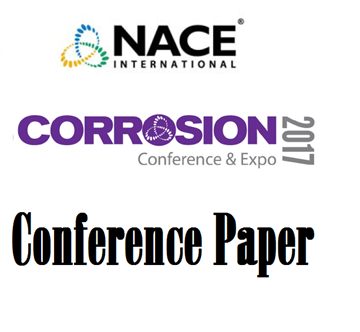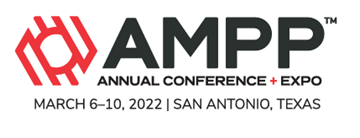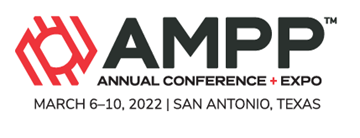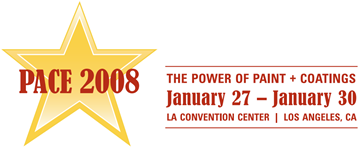Search
Conference Papers
View as
Sort by
Display
per page
Quality, Changing the Culture in Construction
Product Number:
41205-171-SG
Publication Date:
2005
$20.00
Quantification of Microbiologically Influenced Corrosion in Injection Water Pipelines
Product Number:
51317--9343-SG
ISBN:
9343 2017 CP
Publication Date:
2017
$20.00
Quantifying Effect of Hydrogen and Sulfur in Mitigating Free Fatty Acid Corrosion in Renewable Diesel Applications
Product Number:
51324-20864-SG
Publication Date:
2024
$40.00
Quantifying High Temperature Corrosion in Renewable Diesel and Sustainable Aviation Fuel Production
Product Number:
51323-19457-SG
Publication Date:
2023
$20.00
Quantitative Assessment Of Failure Probability Of Underground Natural Gas Storage Wells Using An Integrated Bow-Tie Bayesian Network Approach
Product Number:
51322-17849-SG
Publication Date:
2022
$20.00
Quantitative Evaluation of Oil Field Corrosion Inhibitors in the Laboratory: The First Step for Successful Application of Inhibitors in the Field
Product Number:
51319-12878-SG
Publication Date:
2019
$20.00
Quantitative Test Method For Vapor Inhibiting Ability Of Volatile Corrosion Inhibitors
Product Number:
51322-17860-SG
Publication Date:
2022
$20.00
Raising the Standard for Bridge Coatings in the State of Florida
Product Number:
41206-224-SG
Publication Date:
2006
$20.00
Raman and FT-IR Based Methodology Development to Assess Flexible Pipelines Pressure Barrier Degradation in Offshore Installations of the Oil and Gas Industry
Product Number:
51323-18997-SG
Publication Date:
2023
$20.00
Rapid Installation of Replacement Connection Plates on the County of Placer/Foresthill Road Bridge - A Novel Engineered Approach to a Unique Set of Challenges
Product Number:
41214-862-SG
Publication Date:
2014
$20.00
Rapid Microbial Detection, Quantification and Control
Product Number:
51320-14600-SG
Publication Date:
2020
$20.00














